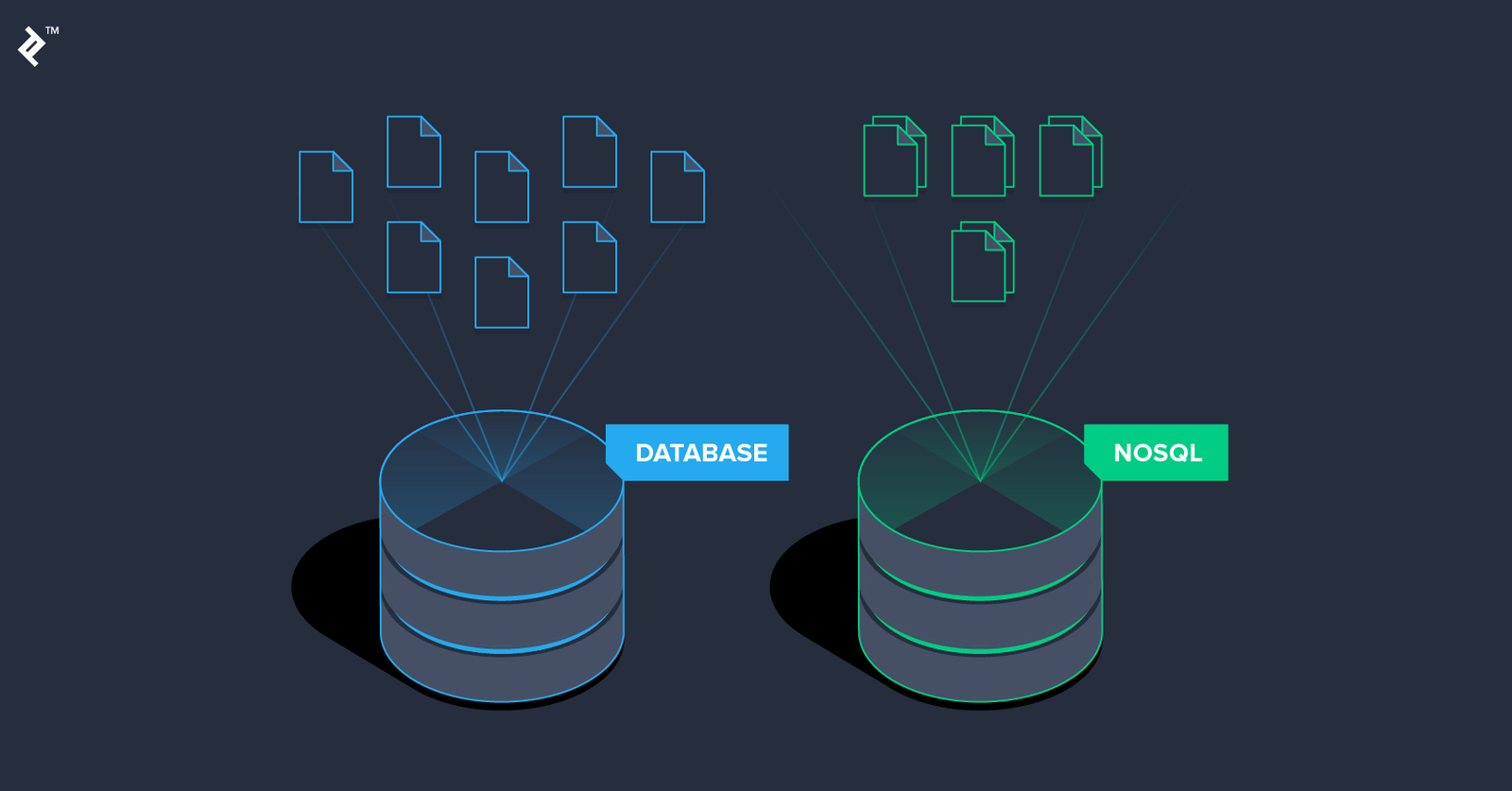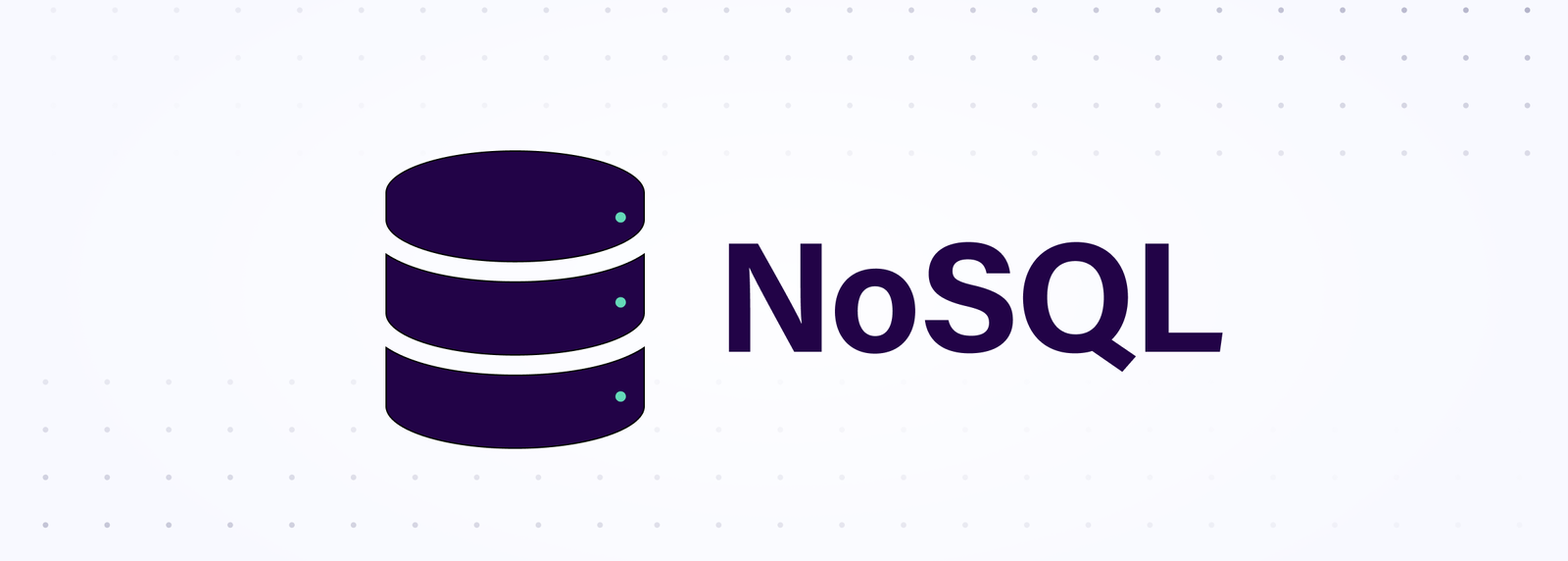Types of NoSQL Databases
As cloud computing, big data, and online applications become more sophisticated over time, data management and storage have become more complex to handle.
This complexity has necessitated a shift from the traditional database management solutions to the NoSQL alternative – the model designed to handle non-relational, diverse, and distributed data formats.
As you may already know, the rising popularity of NoSQL is informed by the need for a more flexible, scalable, and simple-to-use database model. In the modern context where organizations are collecting and storing humongous amounts of data, NoSQL databases fit the bill.
But even inside the world of NoSQL, you still need to make choices. It’s therefore possible that you are here as part of a journey to find the best type NoSQL option for your needs.
To get it right, it’s imperative that you start by understanding the different types of NoSQL databases. That’s precisely what we are addressing in this article.
The main types of NoSQL databases
Essentially, there are four main types of NoSQL Databases:
- Key-Value Stores
- Document-Oriented Databases
- Graph Databases
- Column-Oriented Stores
Let’s understand each type separately.
Key-Value Stores
This is considered to be the simplest type of NoSQL database. Just as the name suggests, there are two elements:
- Key
- Value
These are essentially two columns. The Key column is basically the descriptive column while the Value column is the “details” one.
Let’s say you are managing user profiles. You will have the first column where the type of users is defined (E.g Female) and another column for the name of the user (E.g Mary). In this case, “Female” is the key whereas “Mary” is the value.
Key-Value Store NoSQL databases are suitable for use cases such as user profiles, shopping carts, session management, etc.
To enhance flexibility in data storage and retrieval, the key-value store model allows application developers and companies to store schema-less data. This makes key-value stores ideal for creating and testing new features.
According to a Workshop on Hot Topics in Cloud Computing, the simplicity of key-value stores’ formats enable application developers and organizations to speed up data storage and retrieval by up to 10Gbps line rate, especially in read and write operations. This is important because speed and performance are always valuable factors to consider.
High speeds also make it easier for the database to handle large volumes of unstructured and semi-structured data with low latency and scalability.
Document-Oriented Databases
As the name suggests, a document oriented NoSQL database is one where data is stored in document form. By documents, we don’t mean the likes of Microsoft Word and similar types. Instead, we mean formats such as:
- JSON (JavaScript Object Notation)
- BSON (Binary JSON)
- XML (eXtensible Markup Language)
- CBOR (Concise Binary Object Representation)
These document formats make the database more flexible. As a result of this flexibility, application developers and code users that have to work with large amounts of data and traffic can rely on document-oriented databases to store and retrieve valuable data at their convenience.
Another advantage of document databases is that they allow for storing and retrieving data in a format that closely resembles the data objects used in applications. In other words, the data can be stored and retrieved in a way that aligns with the structure and organization of the data within the application code.
As a document-oriented database allows data to be organized in a hierarchical structure, it means that complex data can be easily stored and retrieved. This is because data is organized in a predictable way for the user to understand.
Like other non-relational databases, document databases can work well with applications that rely on semi-structured and unstructured data such as web applications and social networking platforms.
Because of all these advantages, document-oriented databases are very useful, nowadays, in fields such as digital libraries, software engineering, automated dictionaries, office automation, and encyclopedias. This is also supported by findings by the ACM organization.
Graph Databases
Unlike other NoSQL databases, a graph database relies on graph structures to store, process and retrieve data. In this database type, the most important elements are nodes, edges, and properties. Nodes represent entities or objects, edges define the connections or relationships between nodes, and properties store additional information about nodes and edges. A good example of this type of NoSQL database is NebulaGraph database and Neo4j .
According to a study published in the Computer Information Systems and Industrial Management journal, graph databases have been found to outperform other database models in processing highly connected data. They demonstrate exceptional performance for both read and write operations, making them an ideal choice for handling complex and highly interconnected data.
Column-Oriented databases
In column-oriented NoSQL databases, data is organized in columns. This is different from a traditional row-based database where data is stored and retrieved row by row, where each row contains a set of fields or attributes. In contrast, a column store organizes and stores the values of each column separately.
To illustrate this, let’s consider a simple table representing customer data with columns for customer ID, name, age, and location:
| Customer ID | Name | Age | Location |
| 1 | Alice | 25 | NYC |
| 2 | Bob | 32 | LA |
| 3 | Carol | 41 | Chicago |
In a row-based storage, the data would be stored and accessed row by row, like this:
- Row 1: [1, Alice, 25, NYC]
- Row 2: [2, Bob, 32, LA]
- Row 3: [3, Carol, 41, Chicago]
However, in a column store, the data is stored and accessed based on columns. So, the values of each column are stored separately as follows:
- Customer ID Column: [1, 2, 3]
- Name Column: [“Alice”, “Bob”, “Carol”]
- Age Column: [25, 32, 41]
- Location Column: [“NYC”, “LA”, “Chicago”]
This columnar organization has several implications and benefits. Here are a few key ones:
Improved query performance:
Since the columnar storage keeps the values of each column together, it can optimize certain types of queries that only need to access specific columns. For example, if you want to retrieve the ages of all customers, a column store can fetch just the Age Column data without touching the other columns, resulting in faster query execution. In other words, instead of querying unneeded attributes, the focus is only on the attributes that are needed. This improves the overall application of the available memory.
Compression benefits:
Columnar storage can often achieve higher compression ratios compared to row-based storage. This is because the values within a column tend to have similar data types or patterns, enabling better compression algorithms to be applied column-wise.
Selective data retrieval:
Column stores allow for selective data retrieval, where you can choose to access and analyze only specific columns of interest. This can be advantageous for analytical workloads that involve aggregations, filtering, or statistical analysis on subsets of data.
Efficient column-level operations:
Column stores enable efficient column-level operations such as adding or deleting a column, modifying column properties, or applying transformations specific to a column. This flexibility can come in handy when dealing with evolving data requirements or performing data transformations.
Concluding remarks
NoSQL databases are clearly efficient and faster when compared to traditional relational databases. They employ a more flexible data model and do not depend on structured query language to manipulate data.
In terms of use cases, it is highly recommended to use NoSQL databases in the following circumstances:
- When faced with large volumes of semi-structured and unstructured data
- When dealing with data that is constantly changing
- Real-time applications
- Where scalability is a critical consideration


















